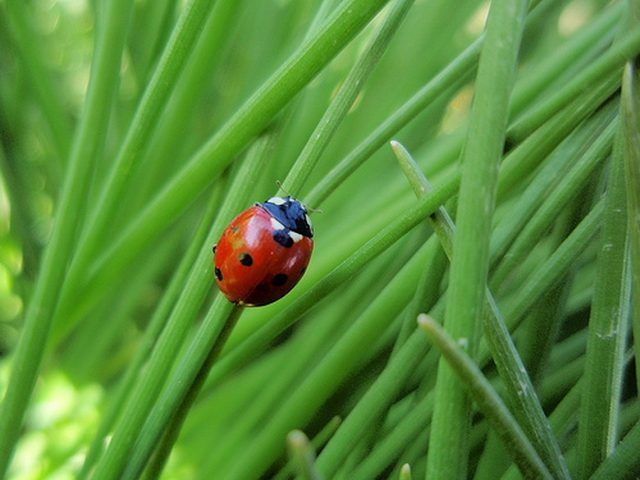Bulbs
Flower Basics
Flower Beds & Specialty Gardens
Flower Garden
Garden Furniture
Garden Gnomes
Garden Seeds
Garden Sheds
Garden Statues
Garden Tools & Supplies
Gardening Basics
Green & Organic
Groundcovers & Vines
Growing Annuals
Growing Basil
Growing Beans
Growing Berries
Growing Blueberries
Growing Cactus
Growing Corn
Growing Cotton
Growing Edibles
Growing Flowers
Growing Garlic
Growing Grapes
Growing Grass
Growing Herbs
Growing Jasmine
Growing Mint
Growing Mushrooms
Orchids
Growing Peanuts
Growing Perennials
Growing Plants
Growing Rosemary
Growing Roses
Growing Strawberries
Growing Sunflowers
Growing Thyme
Growing Tomatoes
Growing Tulips
Growing Vegetables
Herb Basics
Herb Garden
Indoor Growing
Landscaping Basics
Landscaping Patios
Landscaping Plants
Landscaping Shrubs
Landscaping Trees
Landscaping Walks & Pathways
Lawn Basics
Lawn Maintenance
Lawn Mowers
Lawn Ornaments
Lawn Planting
Lawn Tools
Outdoor Growing
Overall Landscape Planning
Pests, Weeds & Problems
Plant Basics
Rock Garden
Rose Garden
Shrubs
Soil
Specialty Gardens
Trees
Vegetable Garden
Yard Maintenance
Body Parts of a Ladybug
Body Parts of a Ladybug. "Ladybug" is a name that commonly refers to the little ladybird beetle, of which there are over 5,000 known species worldwide. Although they vary widely in size and color, all ladybugs share the same basic body structure.

"Ladybug" is a name that commonly refers to the little ladybird beetle, of which there are over 5,000 known species worldwide. Although they vary widely in size and color, all ladybugs share the same basic body structure.
Size
Ladybugs are small oval-shaped insects in the beetle family that can range in size from 1 mm to 10 mm in length, although most average between 4 and 8 mm (or about 1/4 inch). Females are larger than males.
Body
Ladybugs have the same body parts common to other insects: a head, a thorax and an abdomen with three pairs of jointed legs, one pair of wings, one pair of antennae, compound eyes, and a small mandible/mouth all surrounded by a hard exoskeleton made of chitin.
Elytra
The elytra is a hard, shell-like wing covering that protects the ladybug's delicate wings. The elytra opens up to reveal the wings when the beetle flies. The elytra is usually red or orange with black spots.
Pronotum
Often mistaken for the ladybug's head, the pronotum is the small area above the elytra that protects the beetle's actual head underneath. The pronotum is usually black with small gray areas that look like eyes.